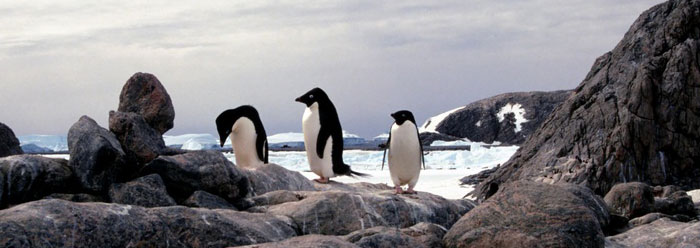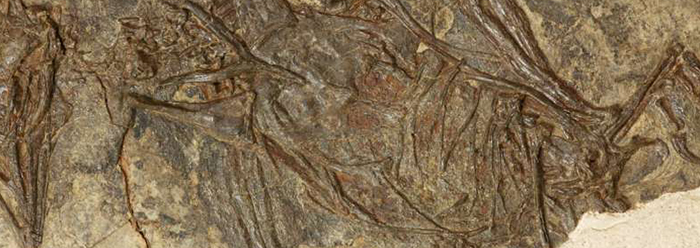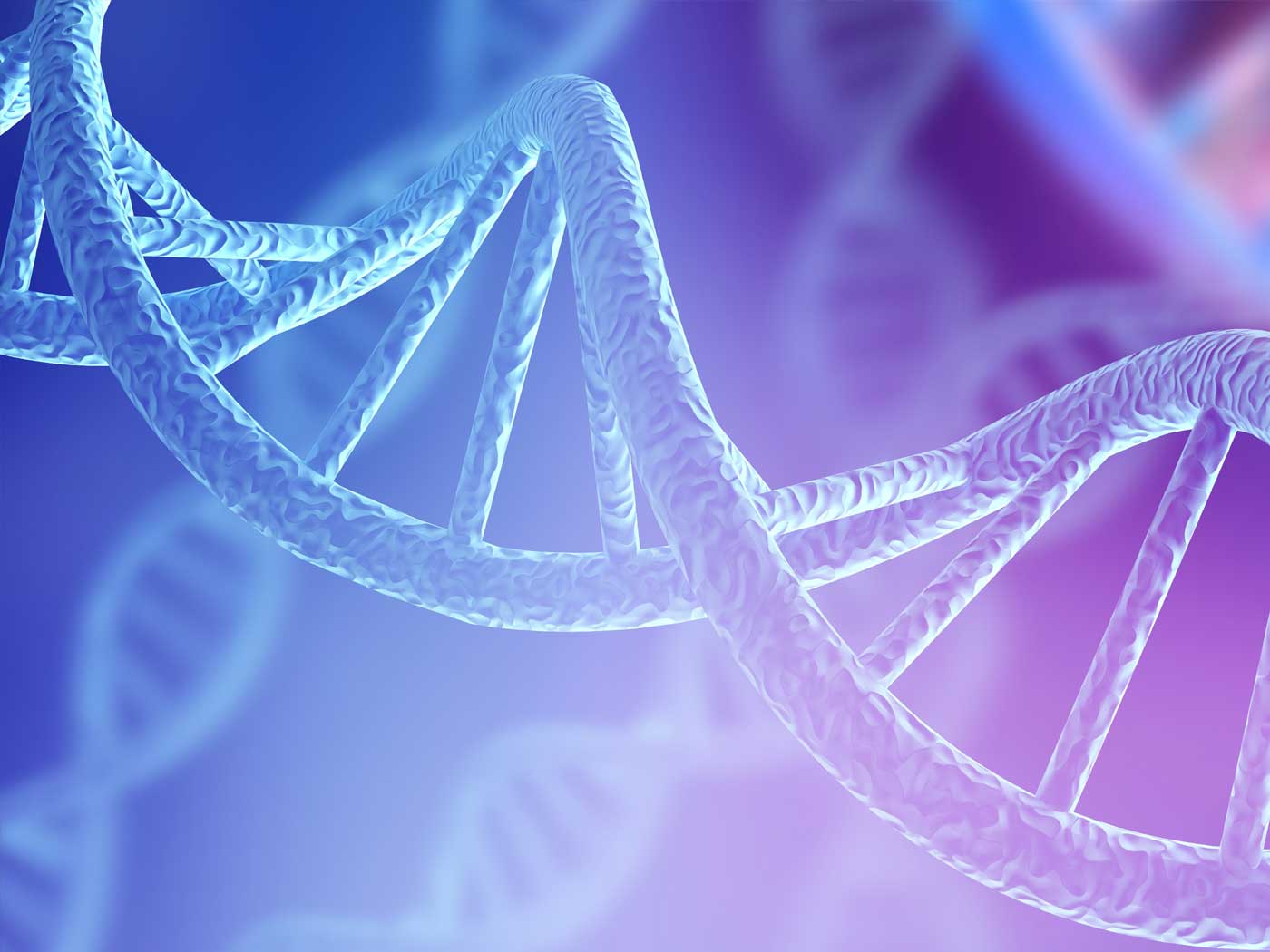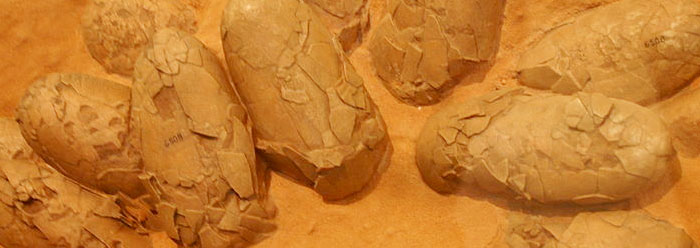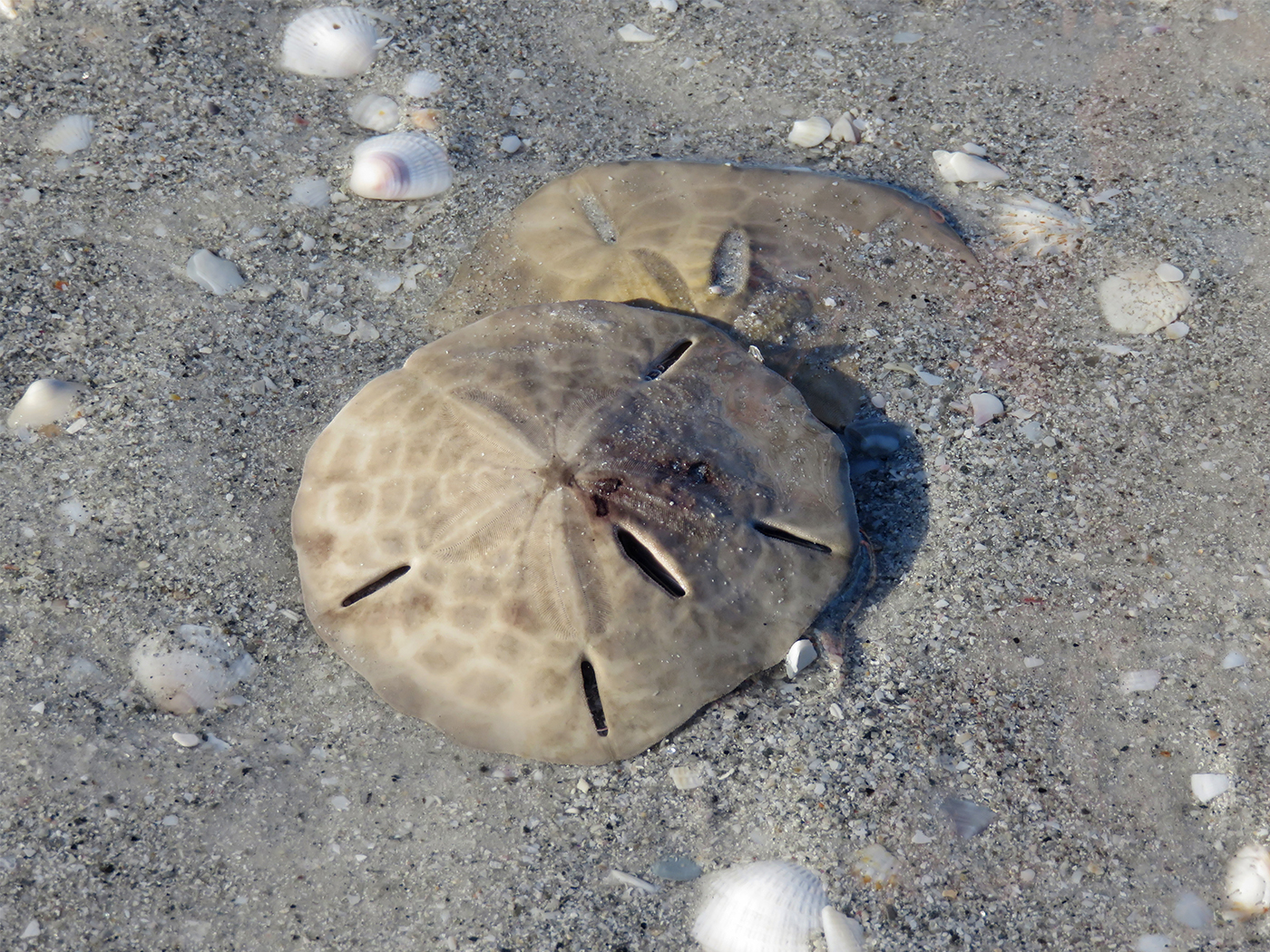For decades, scientists have assumed that mutation rates were consistent enough to be used as a natural clock to date biological specimens. By comparing the number of single changes in the genetic code between two different species, a researcher could supposedly estimate the amount of time that had elapsed since those species diverged from one another.
In order for these “molecular clocks” to provide accurate times when studying the “evolution” of different basic body forms, researchers must assume that macroevolution is true and that all the observed genetic differences came about through mutation—not some other process like the insertion of mobile genetic elements or through other genetic adaptations programmed into the creature.
New research published in the journal Trends in Genetics, however, shows “that traditional DNA dating techniques are fundamentally flawed” because they have been based on the wrong mutation rates.1
Scientists examined mitochondrial DNA sequences from ancient Adelie penguin bones that were found frozen in Antarctica. After comparing them to their modern penguin counterparts, several conclusions became apparent, one of which is that different regions of DNA change at different rates.
The most ancient penguin DNA at the site was “known” (according to standard interpretations) to have come from 44,000-year-old remains. But the comparison “produced results that were far different than conventional analysis would have suggested.”1
Different in what way, exactly? An Oregon State University press release indicated that the traditional molecular clock rates used to calculate age have resulted in ages that are between two and six times too young.1 In other words, the old rates used in DNA dating calculations were way too fast.
The Adelie penguin DNA must not have changed much at all during the supposed elapsed time. And using a new slower rate―one which depends entirely on an assumed age of 44,000 years to be accurate2―“may force a widespread re-examination of determinations about when one species split off from another, if that determination was based largely on genetic evidence [instead of basing it on dates assigned to fossils].”1
This is by no means the only data that have led researchers to conclude that mutation rates are not reliable enough to use as molecular clocks, and that assigned ages must therefore rely on other sources. One study covered by ICR News last year examined a gross contradiction between molecular versus standard dates for Cambrian fossils.3 Though these fossils are interpreted as being about 500 million years old, calculations using the standard mutation rate show that they must have emerged an astounding 1,200 million years ago.
And if this new penguin data is to be applied to that, then 1,200 million years is at least two times too young!
If penguins, like many other animals, were designed to undergo specific kinds of DNA changes that would affect certain traits relevant to survival, then it would be inaccurate to assume that all DNA differences were the result of random mutations. This alone renders molecular clocks unreliable and provides yet another testable hypothesis for the creation model.
Just like the carousel of changing evolutionary date assignments for rocks, minerals, and fossils, there is no solid scientific reason to trust dates based on faulty molecular clocks.4 However, reliable biblical history—which is based on eyewitness testimony and not on the set of assumptions required when using natural processes for dating—can be used as a viable framework to interpret these genetic differences. It leads to the conclusion that some of them were created by God, and others have occurred since creation, either due to random mutations or non-random DNA altering mechanisms. Which differences came from which cause remains to be determined.
References
- Ancient Penguin DNA Raises Doubts about Accuracy of Genetic Dating. Oregon State University press release. November 10, 2009, reporting research published in Subramanian, S. et al. 2009. High mitogenomic evolutionary rates and time dependency. Trends in Genetics. 25 (11): 482-486.
- An alternative explanation for why ancient Adelai penguin mitochondrial DNA is so faithful to its modern counterparts is not that the mutation rate used to calculate age was wrong, but that the oldest Adelai remains are only a couple of thousand years old—not 44,000 years old, as is currently claimed.
- Thomas, B. Cambrian Clash: Fossils and Molecular Clocks Disagree. ICR News. Posted on icr.org October 20, 2008, accessed November 18, 2009.
- For example, some of these changing dates were compiled in Woodmorappe, J. 1978. Radiometric Geochronology Reappraised. Creation Research Society Quarterly. 16 (2): 102.
* Mr. Thomas is Science Writer at the Institute for Creation Research.
Article posted on November 25, 2009.




